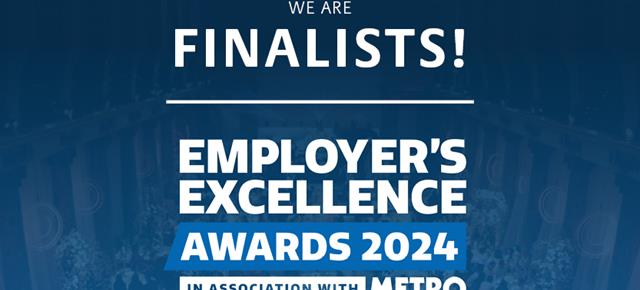Ann Allister on avoiding stagnating portal claims
12 May 2021
3 minute read

Our Serious Injury Technical Director, Ann Allister, spoke with PI Focus Magazine about avoiding stagnating portal claims.
Insurers frequently raise concerns about stagnating portal claims and how they are often faced with a deluge of cases exiting the portal and pleaded as multi track cases just before limitation. Pain cases in particular tend to fall into this category, as it is often very difficult to anticipate at day one whether cases are likely to evolve into pain cases. But could we be more proactive in earlier identification of cases that have such potential?
For insurers, this late notification of the value causes real issues, as reserves can be significantly understated and impact business modelling and pricing. The first GP report is usually received at approximately week 4 - 6 after instruction, and will give, not uncommonly, a 6 - 12 month prognosis for recovery. The claimant solicitors put in place any treatment recommendations such as physiotherapy.
Sometimes the claimant does not recover within the prognosis period, and can even report a worsening of symptoms. A re-examination is arranged, and the re-examination by a GP may give a further prognosis, sometimes 12 - 24 months. The cycle of continuing pain continues, and at the end of that prognosis, an orthopaedic report is obtained.
Time is ticking away without recovery. It is a common occurrence that the orthopaedic expert will have an opinion that it is chronic whiplash, but symptoms should resolve within three years, or to opine that there is no organic reason for the ongoing pain. We are then instructing expert pain consultants and psychiatrists specialising in pain two years after the accident, longer in some cases.
It is understandable that late notification, ignoring requests for updates as to recovery and litigation by ambush will cause a breakdown in any consensual working between the parties, and this is in no-one’s best interest. At what stage does the claimant lawyer tell the third-party insurer without putting their client at risk of Part 36 offers and covert surveillance? It is no secret that ‘pain’ cases are viewed sceptically by some insurers. Living with chronic pain is unpleasant. What steps can we, as lawyers and insurers, take to try to mitigate the risk of this happening. Is there a better way?
There is another more progressive way of dealing with these claims, and that is consensual working. Flagging those cases early, for example, when the client fails to recover in line with the prognosis, or reports a worsening of symptoms. Earlier access to rehabilitation, and advising insurers when we have a case that has red flags as the claimant is not recovering as expected; agreeing a case plan to include full disclosure of reports and records, and in return, for the insurer to agree to fund rehabilitation under the rehabilitation code. An agreement that there will be no Part 36 offers in the rehabilitation phase, and no covert surveillance. It requires both the insurer and the claimant solicitor to enter into discussion and agree either a protocol with that firm for those cases, or on an individual case basis.
Insurers should not fear waiving the right to make Part 36 offers, as it does not preclude without prejudice offers, and many claimants may decide that litigation is stressful and they would rather move on with their life without that stress. Insurers are used to engaging and funding rehabilitation, with many being signatories to the Serious Injury Code.
What can we do to spot these cases early?
- At the outset, take a careful history from the claimant of their pre-existing difficulties that may make them more susceptible to suffering pain long-term. A history of poor mental health, IBS, psychological issues, complex pre-accident medical conditions or unusually high GP attendances are often seen in pain cases. Consider the forces involved. Was this a significant or frightening accident? With mobile telephones, most people take photographs after the accident. Ask to see those photographs. I usually suggest to claimants that they show the examining doctor. Most GP assessments are time limited, but a picture of the accident tells a story.
- Arrange an early rehabilitation assessment in every case. Is there a need for physio or psychological therapies to aid recovery / improvement?
- When reviewing the initial GP report, are there significant psychological issues reported and a psychologist report recommended?
- A review at 3 / 6 months post-accident. Is the claimant still off work or on reduced hours? This could be a red flag and ask the question, what was your pain level at the outset, and what is the pain score now? If there has been no improvement, this needs further exploration.
- Is the claimant struggling to agree any of the reports and ruminating on points that do not affect the claim?
Consensual working and early access to specialist rehabilitation could mitigate the risk of the client’s pain becoming chronic, and preclude protracted litigation which is of benefit to no-one.
Consensual working requires engagement from both claimant lawyers and defendant insurers, and our best results are achieved when solicitor and insurer work collaboratively, with the client at the centre of the process.
Credit: PI Focus Magazine














